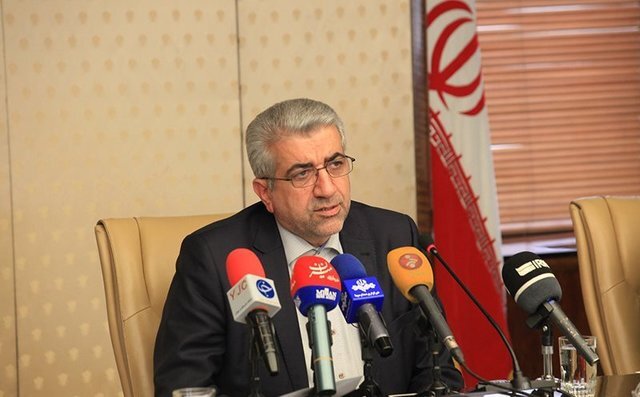Plans are underway for managing Khuzestan water problems: Energy min.

TEHRAN – Iranian Energy Minister Reza Ardakanian has said good programs are underway for managing Khuzestan Province’s water problems, ISNA reported.
Speaking to the national TV on Saturday night, Ardakanian said the government has paid 50 percent of the total budget allocated for the mentioned province’s energy sector in the current Iranian calendar year (started on March 21) in order to accelerate resolving of the issues.
“Hopefully the other 50 percent will be paid soon,” he said.
Severe drought and rising temperature have caused serious water-related issues for the people in southwestern Khuzestan province. The Energy Ministry has been facing problems in supplying drinking water and water for the agriculture sector in the mentioned province.
“At the beginning of the current year, water inflow to dams In Khuzestan was 10 billion cubic meters less than the figure for the previous year which means rainfall in this province was 30 percent less than the previous year, and neighboring provinces that supplied water to Khuzestan, also experienced about 40 percent decline in their rainfalls,” the minister said mentioning the water situation in Khuzestan province.
According to Ardakanian, the ministry is seriously pursuing the mentioned programs for resolving the issues, including the water supply to 702 villages in the province by the end of the current Iranian calendar year (ends in March 2022).
The official also noted that several options are being considered for supplying water for the province’s agricultural sector in order to prevent any possible damage to the autumn crops.
He further pointed to the lack of rainfall and water shortage over the past few years as a main reason for the current situation, saying: “Precipitation in Iran has been one-third of the average global precipitation; the average global precipitation is currently 750 millimeters and in Iran it is 250 millimeters, which also varies every year.”
“We must adapt our water consumption and cultivation patterns and our irrigation methods to the climate change,” he stressed.
Since the beginning of the current water year (September 23, 2020), precipitation has declined by 40 percent compared to the long-term average and 53 percent compared to the same period last year, according to Ardakanian.
EF/MA
Leave a Comment